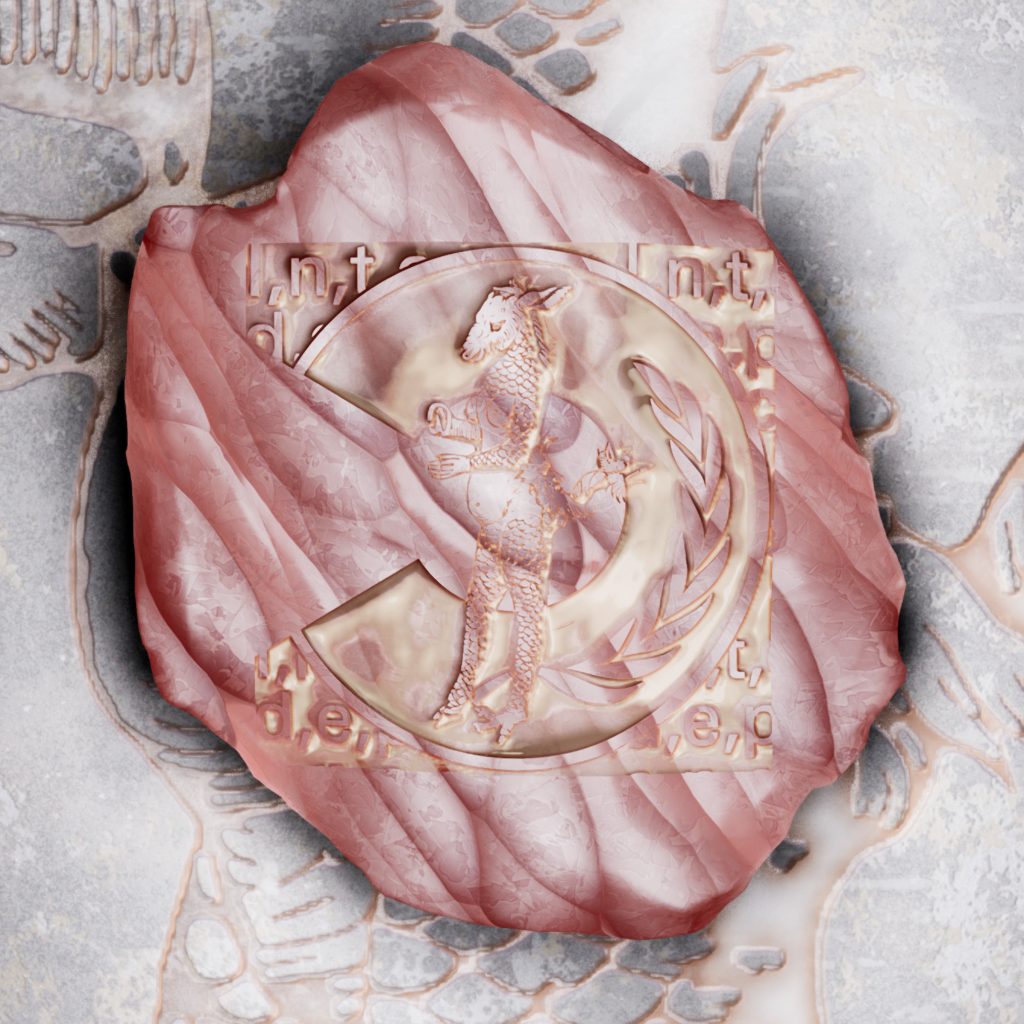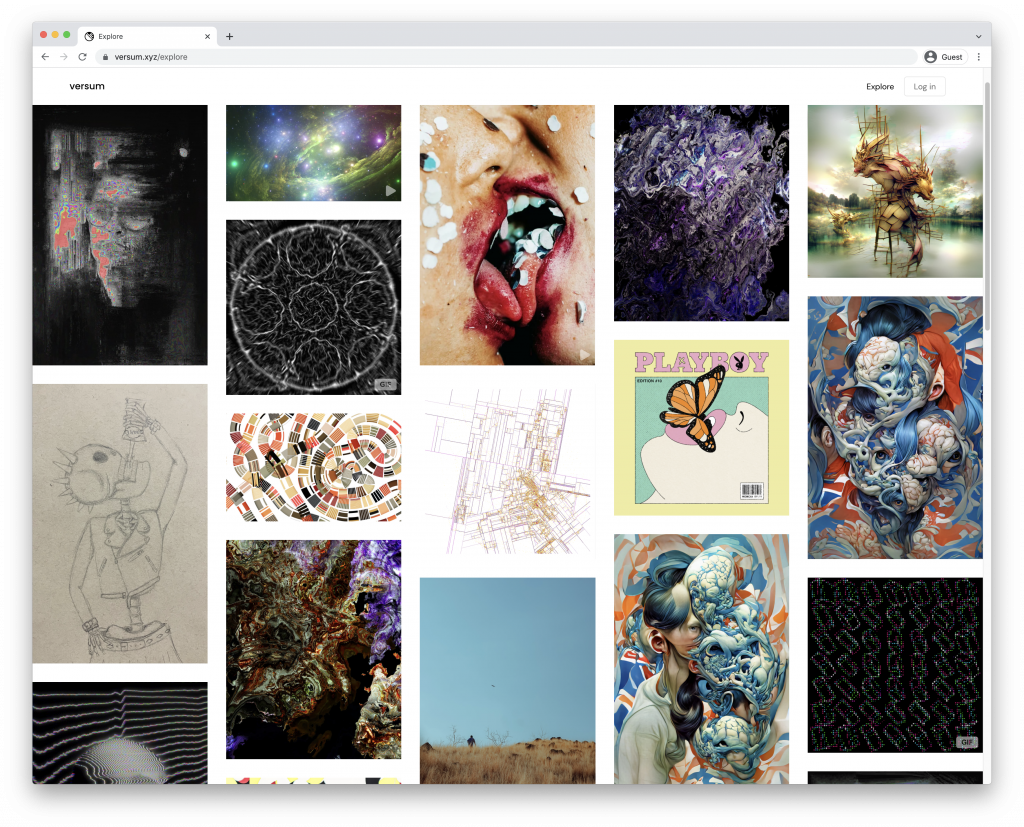Learning from Collectors
A look back at the Collections interviews published on Outland over the last year shows how a vibrant patchwork of differing ideals is shaping the field of digital art.

A month-long debate between Wikipedia editors concluded this week in the Talk section of the “List of most expensive artworks by living artists” entry. Last year, record-breaking sales by Beeple and Pak had been added near the top of the list, but editors removed them in December, stating that they didn’t know enough about the nature of NFTs to judge them against traditional artwork. The editors seemed to agree on the fact that they did not have the authority to decide what was art or not art; the rub seemed to lie in the fact that the NFT itself is a token that documents the transaction. An editor named SiliconRed highlighted that the final sale value of Pak’s The Merge was considered debatable as it was only reported by Nifty Gateway—who hosted the sale—as well as the fact that 28,983 people had purchased the work, stating that they opposed inclusion “unless there are clear secondary sources cited that the sale is of a single artwork to a single buyer using the blockchain to handle the transaction.” Nearly everyone who contributed to the request for comments, with the exception of one vote, opposed the addition of NFTs to the list, and the two works were included in the article for the “List of most expensive non-fungible tokens” with a decision to revisit the debate in the future.
The NFT community—most notably Duncan Cock Foster, the co-founder of Nifty Gateway (who, again, sold Pak’s work)—took to Twitter to express their frustration with the decision. It seemed this debate was a microcosm of a bigger disparity between public thought and the crypto space: it wasn’t that the Wikipedia editors determined NFTs were “not art,” just that the nature of the sales and the tokens did not unambiguously fit the criteria of the list.

Channel is set to launch next week. The new media organization will join the likes of Mirror and Dirt as an outlet where token sales fund content creation. Holders of the Channel NFT will have access to the “season zero” bundle of streams: New Models, a podcast and content aggregator addressing technology’s impact on culture, run by Caroline Busta, Daniel Keller, and Lil Internet; Joshua Citarella’s Do Not Research, a platform for collaborative study comprising a podcast, a syllabus, and a lively Discord; and Interdependence, a podcast where Mat Dryhurst and Holly Herndon interview key figures in web3 and other emerging technologies. To date, these three endeavors have been funded by Patreon subscriptions. In an interview with Outland, Channel’s founders said they aim to make that model obsolete. What they call the “web 2.5” of Patreon and Substack has allowed people to make independent careers by monetizing content that would otherwise appear on web 2.0 platforms for free. But they atomize creators by forcing them to compete for overlapping audiences, without opportunities for collaborating or sharing resources. While the initial offer bundles three titles, in the long term Channel plans to build a protocol open to more creators.
Irene Zhao, a Chinese crypto influencer and co founder of start-up So-Col—a “decentralized version of OnlyFans, Discord, Twitch, and Patreon” that would allow digital creators to monetize their content via NFT—minted 1,106 images from a Telegram emoticon sticker pack of herself on OpenSea, which then served as entry tokens into IreneDAO, a community started by @libevm on Twitter to “to help align incentives between [Irene] and her followers.’. Free to mint, all of the tokens were claimed in thirty minutes, and at press, the floor price for a token sits above 1 ETH, with 22,000 ETH in total sales. Among token holders is controversial YouTuber-turned-investor and boxer Logan Paul, who bought twenty of Zhao’s tokens for over $270,000. Both Zhao and libevm have stated they won’t take money from the project, instead directing the funds to explore opportunities for content creation in the crypto space. This hasn’t stopped an influx of critics of the project, with sentiments reminiscent of the controversy of the OnlyFans boom, but some believe the project is a perfect example of what web3 can do for creators previously tied to tech-giant platforms like Instagram and YouTube.

Last week artists flocked to Versum, one of the NFT marketplaces that have appeared on the Tezos blockchain to fill the gap left when the wildly popular Hic et Nunc was taken down by its creator in November. Versum boasts a clean, minimal interface. “Success metrics” of price history are less conspicuous on an artwork’s page than they are on other platforms, hiding in drop-down menus. Versum’s creators say their bare-bones approach puts the artwork first. But this means there are no navigation tools or venues for curation, besides records of what any given user has created or collected. While this might confuse newcomers, it’s familiar to artists who sold work on the similarly stripped-down HEN.
